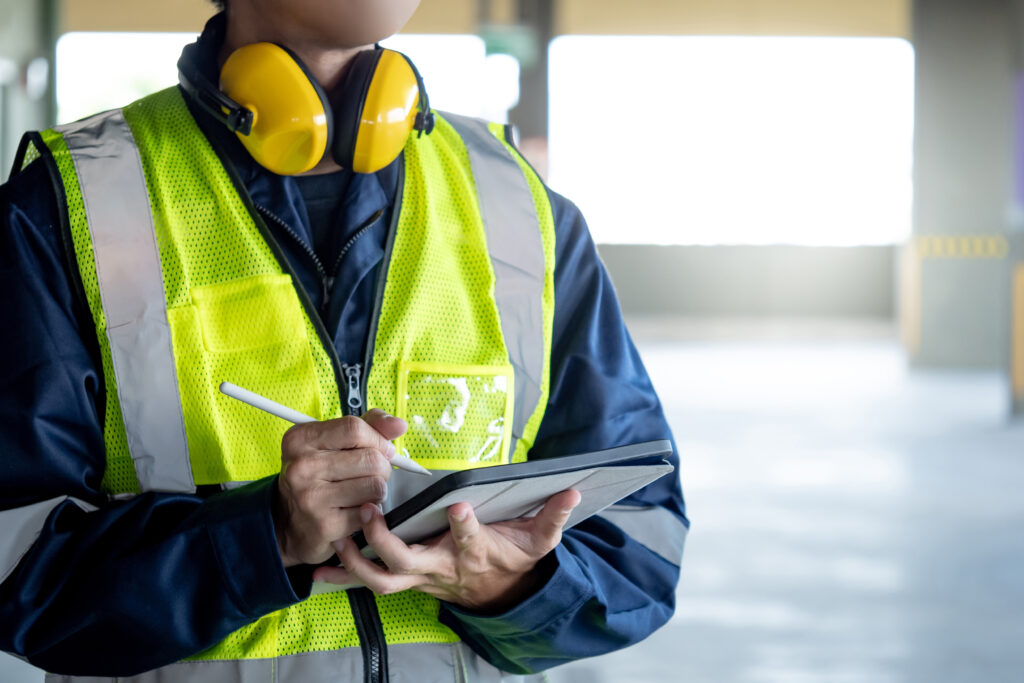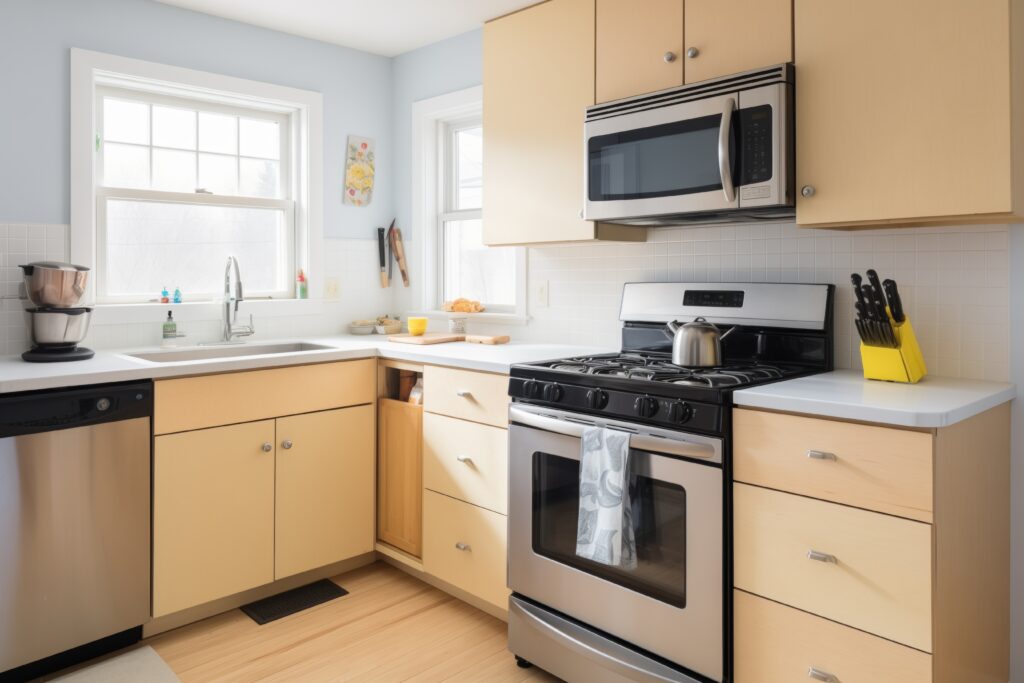Eco-Friendly Excellence: Principles of Green Property Management
The call for sustainability has reached every aspect of our lives, and property management is no exception. For homeowners and property managers alike, shifting toward eco-friendly and green property management practices isn’t just about ticking boxes. It’s a holistic approach that values environmental stewardship, community well-being, and financial sensibility.
Sustainable Practices in Property Management
Green management means running a business in a way that’s kind to the environment. Property green management focuses on applying these eco-friendly principles to managing buildings and land, aiming to minimize environmental impact through energy efficiency, water conservation, and waste reduction.
Let’s look at efficient ways to incorporate urban green property management practices.
Implementing Energy-Efficient Upgrades
Reducing a property’s carbon footprint can be done by upgrading to LED lighting, installing energy-efficient appliances, and conducting an energy audit. By switching to LED lighting, not only do you reduce energy consumption. You also minimize maintenance costs and contribute to a more sustainable environment.
Energy-efficient appliances like those with Energy Star ratings can decrease energy usage and utility bills while reducing greenhouse gas emissions. Conducting an energy audit can help identify areas where energy is being wasted and provide insights on optimizing usage patterns for greater efficiency and environmental impact.
These upgrades benefit the environment and save significant utility costs in the long run.
Fine-Tuning Waste Management Strategies

Effective waste management goes beyond basic bin sorting. Property managers can enhance sustainability by introducing composting programs, implementing source separation techniques, and minimizing the use of single-use plastics within their properties.
These initiatives reduce environmental impact and foster an eco-consciousness culture among residents and staff, contributing to a greener and more environmentally responsible community. Properties can substantially contribute to reducing landfill waste by partnering with local waste management services.
Water Conservation Techniques
Water is undeniably a valuable resource, crucial for sustaining life and supporting ecosystems. Property management owners can play a significant role in conserving this precious resource by implementing various innovative techniques.
These methods encompass not only the installation of low-flow fixtures but also implementing xeriscaping practices to minimize water usage in outdoor spaces. Furthermore, regular maintenance checks can help detect and address leaks promptly, further contributing to water conservation efforts.
Achieving Green Building Certifications
As a property manager, having the certifications for the stuff you do is excellent. The same is true for green management practices. LEED (Leadership in Energy and Environmental Design) and BREEAM (Building Research Establishment Environmental Assessment Method) are globally recognized standards that support sustainability.

These certifications are vital in incorporating eco-friendly strategies into property management practices. They are crucial benchmarks that can help increase the property’s value and attract environmentally conscious tenants who value sustainability and green initiatives.
Establishing Solid Recycling Programs
Another thing to focus on is the Recycling programs. They can accept more than just paper, plastic, and glass. They may also include electronics, hazardous waste like batteries and chemicals, and construction waste like wood and metal.
By implementing recycling programs that are easy to use, such as providing clear signs, designated collection areas, and resources on proper disposal methods, businesses can reduce their environmental impact and waste.
Educating and Raising Awareness Among Residents
Knowledge is a powerful tool for property managers who aim to empower their residents to embrace sustainable living practices.
By organizing regular workshops on eco-friendly initiatives and offering a wide range of digital resources such as guides, webinars, and interactive tools, property managers can significantly magnify the positive impact of sustainability efforts within their residential neighborhoods. Cultivating a strong sense of community that champions green values further enhances this impact.
Benefits of Green Property Management
Realizing Cost Savings
While the upfront costs of eco-friendly upgrades may appear high, the substantial long-term savings on energy and water expenses make them a wise investment. These savings recoup the initial costs and frequently boost property value over time. Homeowners can enjoy financial benefits by choosing sustainable options while contributing positively to the environment.
Reducing Environmental Impact
The environmental benefits of sustainable property management are vast and multifaceted. By lowering energy consumption, we reduce greenhouse gas emissions and contribute to a greener future for our planet.
Water conservation is crucial in safeguarding this vital resource for future generations, ensuring its availability and sustainability. Additionally, recycling efforts minimize waste and promote a circular economy, where resources are reused and repurposed to create a more sustainable environment for all.
Providing Healthier Living Spaces
Sustainable properties are designed to focus on environmental responsibility, utilizing non-toxic materials and advanced ventilation systems to ensure optimal indoor air quality. By prioritizing the well-being of residents, these eco-friendly initiatives create a healthier living environment, promoting a higher quality of life through cleaner, fresher air and a reduced carbon footprint.
Engaging with Eco-Conscious Homeowners
Maintaining clear and open communication is vital for involving residents in sustainable initiatives. You can inform them about the green projects happening in the community by keeping them in the loop with newsletters, digital platforms, and other easy-to-access methods. These updates aren’t just about sharing info; they’re meant to inspire everyone to join in and embrace sustainable living.

Besides using communication strategies, adding eco-friendly amenities is a great way to encourage a greener lifestyle in the community. Things like community gardens, electric car charging spots, and bike storage make life better for residents and show how committed we are to sustainability. These amenities prove your dedication to cutting our carbon footprint and protecting resources for the next generation.
Moreover, getting the community involved is essential to build a strong sense of responsibility for sustainability. When we organize beach clean-ups, tree planting, or local fundraisers and get everyone to join in, we nurture this relaxed vibe of looking after our environment together. Besides helping nature, it’s a great way to bond with neighbors and make our community more united and eco-friendly!
Challenges and Solutions
Property managers frequently face budget constraints that hinder their ability to implement sustainable changes. However, the financial barriers become more manageable by reframing their perspective to focus on long-term investment returns, coupled with leveraging available grants and tax incentives.
Moreover, resistance to change often arises among stakeholders. Yet, by effectively communicating the benefits of sustainable practices and implementing changes gradually, property managers can mitigate this resistance and secure buy-in from all involved parties.
Clear communication about the advantages of sustainability, such as cost savings, improved property value, and environmental benefits, can help stakeholders understand the rationale behind the changes and become more receptive to them over time.
Creating a collaborative environment can help property management become more sustainable and environmentally responsible. This, in turn, leads to a more resilient strategy.
Conclusion
Green property management practices are no longer a mere trend; they are strategic imperatives that align with the values of eco-conscious communities, benefit the bottom line, and foster a healthier environment for all. Property managers can take charge of creating a more sustainable future by applying the principles outlined in this post. The legacy of environmentally responsible property management is not just the mark we leave on our properties but the ripple effect on our communities and the planet.




